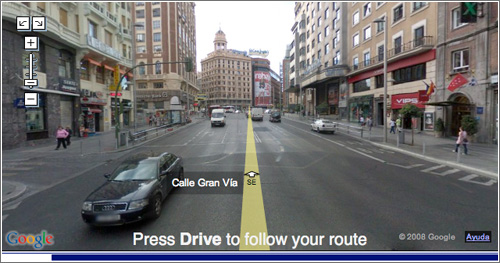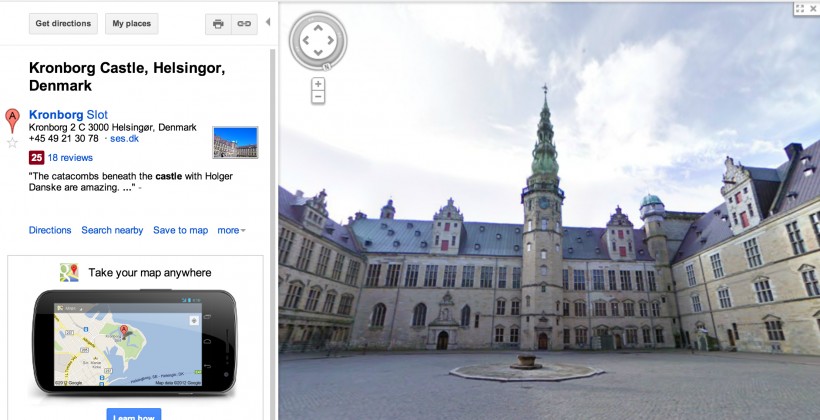

Google is producing an unbiased representation of reality just as in physical reality, it is the choices and actions of others who decide whether or not privacy is violated. If a company decides to single out a certain picture on somebody on Street View on your website, that company is the party violating privacy, not Google. Arguments pointing out that certain people and websites can highlight compromising pictures are missing the point, and are like blaming camera manufacturers for the actions of paparazzi.

Given the mapping between reality and the dataset that is inherent in something like Street View, one’s privacy on the day your photo was taken and one’s privacy in the dataset are commensurate, because your relative anonymity is the same in each.


Google’s street view is simply a representation of reality on a specific day, and they have not highlighted any aspect of the dataset, and furthermore the dataset is comprehensive. (As a point of comparison, Apple told TechCrunch in 2018 that it started work on its map data “ four years” before it began releasing it.) ↩︎Ģ Sources for Google’s releases: Release #1: United States Release #2: Canada Release #3: Australia, Austria, Belgium, Denmark, Liechtenstein, Netherlands, New Zealand, Norway, South Africa, & Switzerland Release #4: France, Luxembourg, & Monaco Release #5: Finland, Germany, Sweden, & United Kingdom Release #6: Croatia, Czech Republic, Greece, Ireland, Italy, Lesotho, Portugal, San Marino, Singapore, & Vatican City Release #7: Andorra, Bulgaria, Estonia, Hungary, Latvia, Lithuania, Slovakia, Slovenia, & Spain.Quick Summary. For instance, could Apple be going much faster if it dropped one or two of the features that it’s currently shipping, such as the vegetation detail at every zoom or all of the sports field shapes?Ĭlearly, there are trade-offs to each company’s approach.ġ According to an engineer who worked on “Ground Truth”, it was a year between the start of the project and the first data releases-so this puts the likely start of the project in Q3 2008. In any event, it’s interesting to look back and see how fast Google was able to cover large parts of world.Īnd it also raises intriguing questions regarding Apple’s mapping effort.


 0 kommentar(er)
0 kommentar(er)
